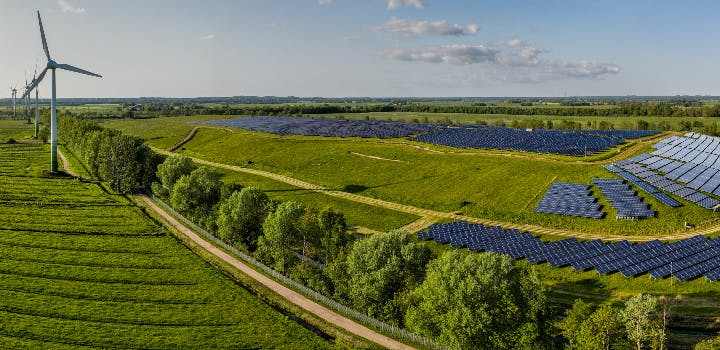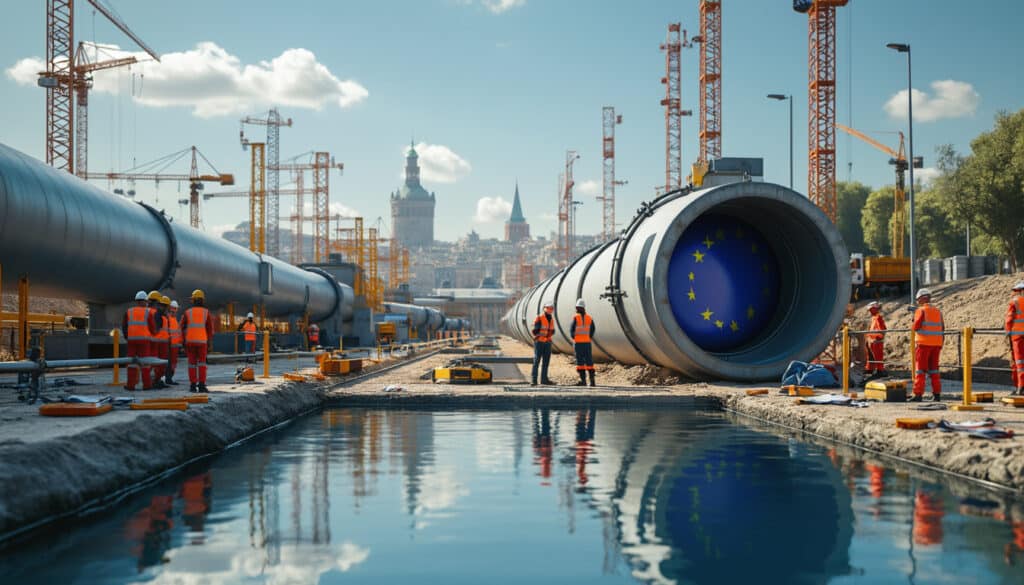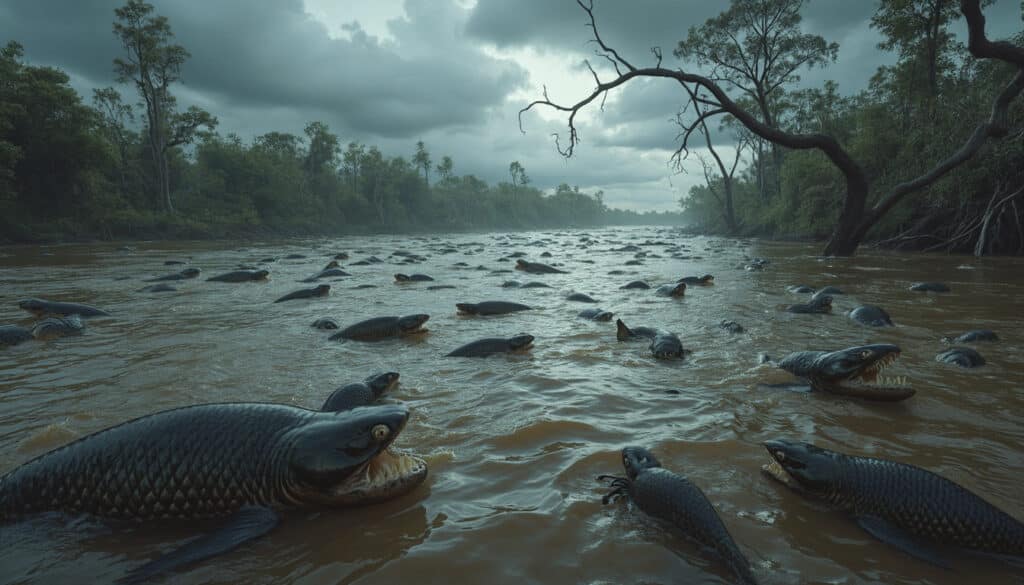Operation of Hydroelectric Power Plants
Hydropower is one of the oldest forms of renewable energy used by humanity. It is based on harnessing the force of moving water to generate electricity. This energy source is not only environmentally friendly but also has remarkable efficiency. For a young entrepreneur, understanding how hydroelectric power plants operate can open new perspectives in the field of clean energy.
Hydroelectric power plants are divided into several types, each utilizing the power of water in a specific way:
- Run-of-the-river plants use the natural flow of rivers without storing large amounts of water.
- Reservoir plants operate using dams that store and regulate the flow of water to generate electricity as needed.
- Pumped-storage plants allow for energy storage by pumping water to an upper reservoir and releasing it during periods of high demand.
The process of generating electricity in a hydroelectric power plant occurs in several steps:
- Water is directed to turbines through penstocks or channels.
- The force of the water spins the turbines, converting kinetic energy into mechanical energy.
- The turbines are connected to generators that convert mechanical energy into electricity.
The essential components of hydroelectric power plants include dams, turbines, generators, and transformers. Each component plays a crucial role in the efficiency and reliability of energy production. Moreover, the maintenance and optimization of these facilities are essential to ensure a continuous and stable production.
While being a renewable energy source, hydropower involves specific challenges. The environmental impact of dams on local ecosystems, water resource management, and adaptation to climate change are issues to consider. However, with technological innovations and a solid commitment, these challenges can be overcome to maximize the potential of this clean energy.
For engineers and entrepreneurs in the renewable energy sector, hydropower represents a promising pathway. By mastering the techniques and challenges related to this energy source, it is possible to significantly contribute to the energy transition and build a more sustainable future.
Pumped-Storage Hydroelectric Plants
Pumped-storage hydroelectric plants harness the kinetic energy of water to generate electricity. They consist of several key components: a dam, a water reservoir, penstocks, and turbines. When water is released from the reservoir, it flows through the penstocks to reach the turbines that convert this energy into rotational movement.
This rotational movement is then converted into electrical energy through alternators. The process is not only efficient but also environmentally friendly as it emits no greenhouse gases. Hydroelectric plants play a crucial role in renewable energy production by providing a stable and reliable electricity source.
Pumped-storage installations are used to manage electricity production and consumption more flexibly. These plants are equipped with upper and lower reservoirs. During periods of low demand, water is pumped from the lower reservoir to the upper reservoir. During periods of high demand, this water is released to generate electricity.
Pumped-storage hydroelectric plants offer several advantages:
- They allow for excess energy storage
- They balance electricity demand
- They reduce dependence on fossil fuels
By integrating modern technologies, hydroelectric plants can become more efficient and less impactful on the surrounding ecosystem. The development of smart installations also allows for better anticipation and management of available water fluctuations, thus maximizing energy yield.
Run-of-the-River Hydroelectric Plants
Hydropower is a renewable power source that uses the force of moving water to produce electricity. This energy has been harnessed for centuries and plays a crucial role in the current energy transition.
Hydroelectric plants convert the kinetic energy of water into electrical energy. There are several types of hydroelectric plants, each suited to specific environments and needs.
Hydroelectric plants work by using the flow and height of water to generate electricity. Water is directed to turbines that spin due to the force of its movement. These turbines are connected to generators that convert mechanical energy into electrical energy.
The main types of hydroelectric plants include:
- Run-of-the-river plants
- Reservoir plants
- Pumped-storage plants
Run-of-the-river hydroelectric plants directly exploit the natural flow of rivers without creating large reservoirs. They are often used in rivers with constant flow, where water is continuously available throughout the year.
These plants are particularly valued for their low environmental impact, as they do not require large infrastructures or major modifications to the river course. However, their production capacity can vary depending on the seasons and precipitation.
One of the major challenges of this type of plant is ensuring a continuous supply of electricity while respecting aquatic ecosystems. This requires advanced technologies and rigorous management of water flows and levels.
Run-of-the-river plants play a vital role in the energy mix, offering a renewable and sustainable energy source with reduced environmental impact.
Articles similaires
Thank you!
We will contact you soon.














